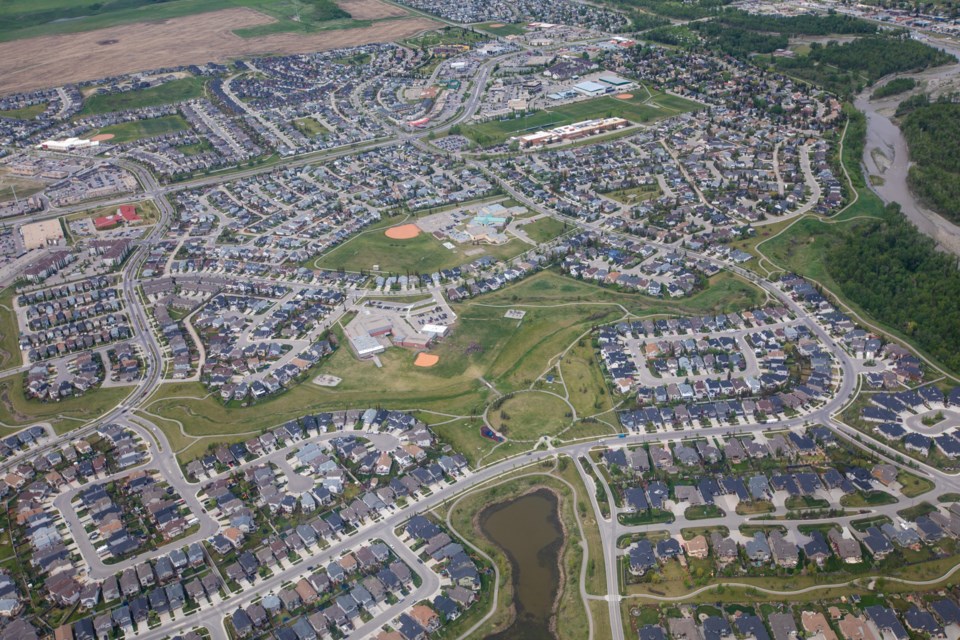I’m glad to see I’m not the only one getting older.
I had a read through the Town of Okotoks’ Housing Needs Assessment, a wide-ranging document that provides a decent overview of where we’ve been and where we’re headed. It touched on a number of factors that impact Okotoks’ housing situation, everything from population growth, interest rates and stagnant incomes to limited supply and housing types.
Of all the data in the report, what struck me most was how much older the population is getting, which I think can at least partly be attributed to the housing situation.
In 2011, 24.8 per cent of Okotoks’ population was 14 years and under, while just 7.4 per cent was 65-plus, which means there were more than three times as many kids as there were seniors just over a decade ago.
By 2031, projections have the 14 and under crowd making up 19.8 per cent of population and the 65-plus sector accounting for 19.4 per cent, meaning there will be almost as many seniors as there are kids at the beginning of the next decade.
Data shows the median age in Okotoks has been steadily rising and is projected to continue to do so. It has increased from 32.4 (2006) to 34.1 (2011) to 36.3 (2016) to 39.2 (2021), and is expected to reach 44.2 by 2031.
Communities can age for any number of reasons, but one that I’ve encountered is the high cost of housing, which sends young families elsewhere to find real estate that’s more palatable to their budgets.
I lived in a suburb of Greater Vancouver for the better part of 30 years and during the latter part of that time, real estate prices increased sharply. The fallout was that young families became a scarce commodity and student enrollment declined, to the point where my son’s school closed after his Grade 5 year.
Although the overall population increased modestly, it aged significantly. A handful of schools were shuttered in the district as many families with school-age children could no longer afford to locate there.
One of the other primary factors was a single-family-centric housing stock that was light on smaller, more affordable units where a couple or young family could start their home ownership journey. It was single-family or nothing, please come back when you can afford one.
If this all sounds like present-day Okotoks, well, that’s because there are most definitely similarities. House prices have climbed significantly here in recent years, to the point where the average detached home is now north of $700,000, and, according to the Town’s report, about 80 per cent of dwellings in 2021 were of the single-family variety.
The Housing Needs Assessment looks to take aim at that situation, its first objective being to increase the variety of housing options. The report states: “This is intended to foster a range of housing types and tenures in every neighbourhood, thus supporting the differing preferences and requirements of individuals, families and seniors. By doing so, Okotoks aims to provide a spectrum of housing choices for various stages and circumstances in life.”
For everyone’s sake, let’s hope that comes to fruition.




